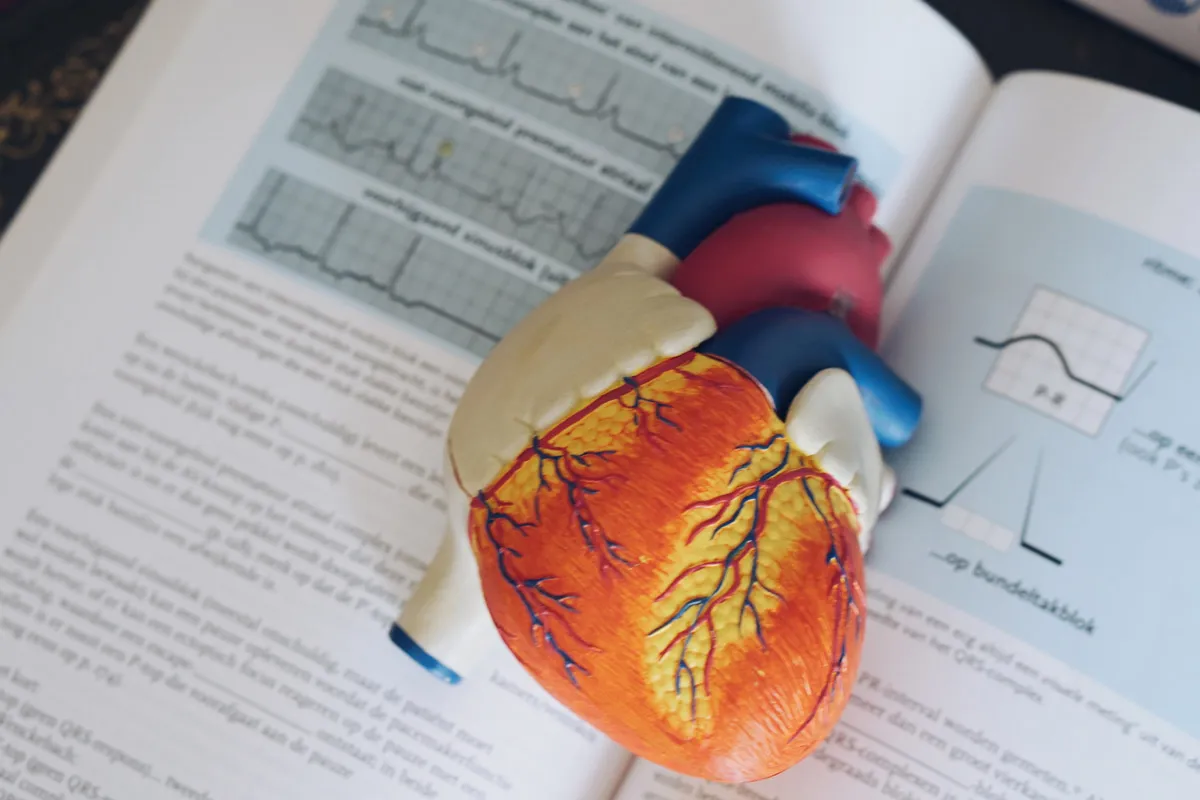Medical education is tough but rewarding. It needs the right resources to succeed. Medical books are invaluable for students seeking a strong foundation. These books clarify complex topics, aid exam prep, and improve medical knowledge. Choosing the right ones can make a significant difference in mastering essential concepts. This guide lists the 10 best medical books for students. It details their content, features, and how they aid learning.
Top 10 Best Medical Books for Medical Students
- Gray’s Anatomy for Students by Richard Drake
- First Aid for the USMLE Step 1 by Tao Le
- Harrison’s Principles of Internal Medicine by J. Larry Jameson
- Robbins and Cotran Pathologic Basis of Disease by Kumar, Abbas, and Aster
- Netter’s Atlas of Human Anatomy by Frank H. Netter
- Guyton and Hall Textbook of Medical Physiology by John E. Hall
- Bates’ Guide to Physical Examination and History Taking by Lynn S. Bickley
- The Oxford Handbook of Clinical Medicine by Ian Wilkinson
- Atlas of Clinical Gross Anatomy by Kenneth Moses
- Rapid Interpretation of EKG’s by Dale Dubin
Gray’s Anatomy for Students by Richard Drake
This comprehensive textbook simplifies human anatomy for medical students. The book uses clear diagrams, illustrations, and clinical correlations to explain complex structures. For those seeking digital resources, explore the Best Places to Download Free PDF Books for easy access to similar medical texts.
- Highlights: Over 1,000 illustrations and practical clinical notes.
- Why It’s Essential: This resource links basic anatomy to real-life clinical uses. It’s perfect for anatomy courses.
Key Features:
- Logical chapter organization for easy navigation.
- Companion website with self-assessment quizzes and videos.
Who Should Use It: First-year medical students or anyone needing a detailed understanding of anatomy.
First Aid for the USMLE Step 1 by Tao Le
This book is a go-to resource for students preparing for the USMLE Step 1 exam. It focuses on high-yield topics, mnemonics, and test-taking strategies.
- Highlights: Comprehensive content and effective mnemonics.
- Why It’s Essential: Helps students focus on critical topics likely to appear on the exam.
Key Features:
- Regularly updated content to match USMLE exam changes.
- Summaries and memory aids for efficient revision.
Who Should Use It: Students preparing for Step 1 exams.
Harrison’s Principles of Internal Medicine by J. Larry Jameson
The gold standard for internal medicine, this book covers a vast array of topics, from diagnosis to treatment.
- Highlights: Authoritative and evidence-based content.
- Why It’s Essential: Offers deep insights into internal medicine, useful for both.
Key Features:
- Extensive references and case studies.
- Online access to additional resources.
Who Should Use It: Advanced students and early-career professionals.
Robbins and Cotran Pathologic Basis of Disease by Kumar, Abbas, and Aster
This pathology textbook breaks down disease mechanisms with detailed explanations and illustrations.
- Highlights: High-quality visuals and clinical focus.
- Why It’s Essential: Pathology is key to understanding diseases. This book excels at simplifying the subject.
Key Features:
- Extensive case studies for better retention.
- Accompanying resources like online quizzes.
Who Should Use It: Students taking pathology courses.
Netter’s Atlas of Human Anatomy by Frank H. Netter
This atlas is a great visual aid. It shows anatomical structures in vivid detail. So, it’s a favorite of medical students.
- Highlights: High-definition visuals and clear labeling.
- Why It’s Essential: Offers unparalleled clarity, especially for visual learners.
Key Features:
- Over 500 full-color illustrations.
- Online companion tools for deeper learning.
Who Should Use It: Anatomy students and visual learners.
Guyton and Hall Textbook of Medical Physiology by John E. Hall
This textbook provides a clear understanding of human physiology through straightforward explanations.
- Highlights: Logical and concise text.
- Why It’s Essential: Physiology is foundational for understanding medical science, and this book simplifies its concepts.
Key Features:
- Diagrams for enhanced comprehension.
- Access to additional digital resources.
Who Should Use It: Students in their first or second year of medical school.
Bates’ Guide to Physical Examination and History Taking by Lynn S. Bickley
This book teaches students to take patient histories and perform physical exams.
- Highlights: Step-by-step guidance on clinical skills.
- Why It’s Essential: Lays the groundwork for effective patient interactions.
Key Features:
- Videos for better understanding of physical examinations.
- Clinical pearls and examples.
Who Should Use It: Students in clinical rotations.
The Oxford Handbook of Clinical Medicine by Ian Wilkinson
This pocket-sized book is packed with essential clinical knowledge and practical advice.
- Highlights: Compact, portable, and highly informative.
- Why It’s Essential: Ideal for quick reference during clinical practice.
Key Features:
- Easily digestible format.
- Covers a wide range of medical topics.
Who Should Use It: Clinical students and interns.
Atlas of Clinical Gross Anatomy by Kenneth Moses
This atlas has high-quality photos of cadaver dissections. They will aid in learning gross anatomy.
- Highlights: Real-life anatomical images.
- Why It’s Essential: Bridges the gap between textbook illustrations and cadaveric study.
Key Features:
- Extensive labels for easy identification.
- Online access to additional images.
Who Should Use It: Students in anatomy labs.
Rapid Interpretation of EKG’s by Dale Dubin
This beginner-friendly book demystifies EKG interpretation through clear explanations and diagrams.
- Highlights: Step-by-step instruction.
- Why It’s Essential: EKG skills are vital for medicine. This book simplifies learning them.
Key Features:
- Practical examples for hands-on learning.
- A conversational writing style for easy understanding.
Who Should Use It: Students learning cardiology basics.
Frequently Asked Questions
What are the most important medical subjects for students?
Key subjects include anatomy, physiology, pathology, pharmacology, and clinical medicine. These form the foundation for advanced studies and practice.
Are these books suitable for first-year medical students?
Yes, books like Gray’s Anatomy for Students and Guyton and Hall’s Textbook of Medical Physiology are ideal for beginners.
Can I access digital versions of these books?
Most books offer online access or eBooks via Elsevier and Amazon Kindle.
How can I choose the best book for my needs?
Identify your current courses and learning style. For example, visual learners may prefer Netter’s Atlas of Human Anatomy. Exam-focused students benefit from First Aid for the USMLE Step 1.
Conclusion
Medical students need the best resources to succeed. These 10 medical books provide a solid foundation for mastering complex concepts. These books support different parts of medical education. They help with exam prep, learning clinical skills, and building core knowledge. Select those that match your learning style and curriculum needs for the best results.

